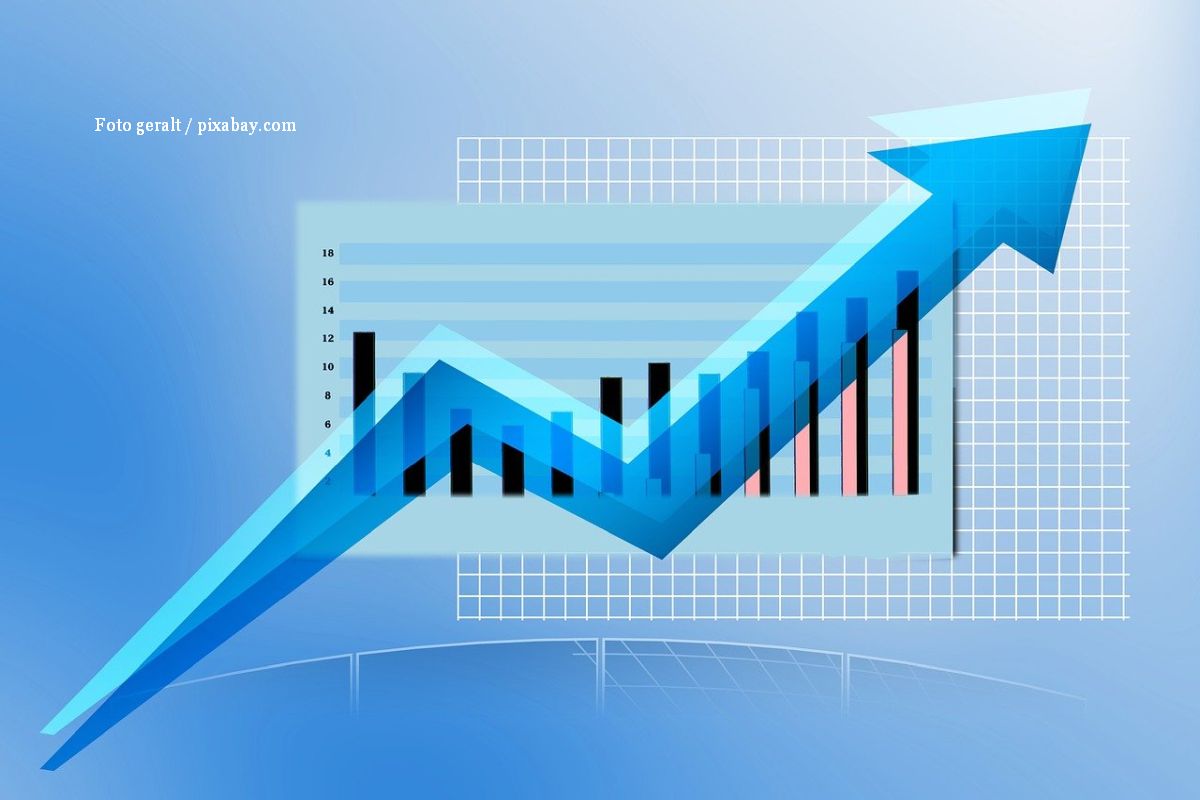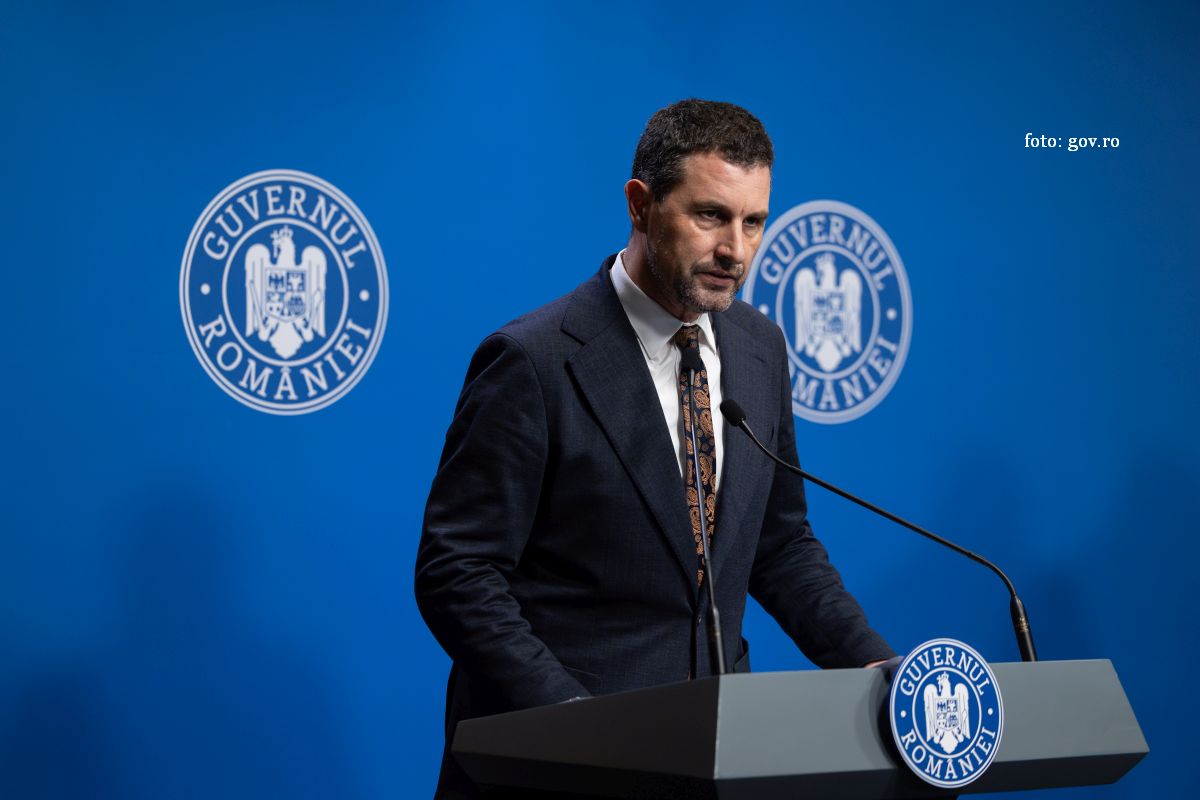Economic Forecasts for Romania
Romania no longer leads the EU ranking in terms of the highest average annual inflation rate

Sorin Iordan, 25.02.2025, 13:50
Romania no longer leads the EU ranking in terms of the highest average annual inflation rate, but remains among the top 3 countries, the EU Statistics Office reports.
After 10 months of unwanted leadership of this ranking for our country, in January 2025 Hungary climbed to first place, with 5.7%, followed by Romania, with 5.3% and Croatia, with 5 percent.
The average rate of consumer price increase is calculated over the last 12 months, and in this case it compares the figures reported in February 2024 – January 2025 with the period February 2023 – January 2024.
In the European Union, this indicator reached 2.8% last month, from 2.7% in December 2024, while in the Eurozone it rose to 2.5% in January, from 2.4% in December. The European Central Bank has set a 2% inflation target, which it views as healthy for economic growth in the EU.
In Romania, according to data released by the National Statistics Institute, the year-on-year inflation rate dropped from 5.14% in December to 4.95% in January 2025, as food prices rose by 4.54%, non-food prices by 4.60%, and prices for services by 6.54%.
Last week, the National Bank of Romania adjusted the inflation forecast for the end of this year from 3.5% to 3.8%. The Governor of the National Bank of Romania, Mugur Isărescu, said that inflation would be fluctuating in the first half of this year, then it would stay on a slight downward trend, but it would not fall below 3.5% until the first quarter of 2026. He expects Romania to see a period of lower deficit, which is good for inflation, but could affect economic growth:
Mugur Isărescu: “The country enters a period of decreased demand, so let’s see how it works. The important thing is for this new situation, combined with the fiscal policy, the monetary policy, not to lead to recession. If economic growth is based mainly on investments and especially on EU fund absorption, we believe this can be avoided and we can have decreasing inflation. We are talking about economic growth—not great, but growth nonetheless.”
The central bank governor also explained that in the future as well, inflation remains marked by risks and uncertainties, both domestic and foreign. Among the domestic elements affecting inflation, Isărescu listed the electoral year marked by political and social tensions, while for external elements he mentioned a possible trade war between the United States of America and the European Union, which he said could have significant negative effects on Romania.
In this context, Mugur Isărescu appreciated the decision of the Romanian government to declare the absorption of EU funds as a top priority, and emphasised that revitalising investments is important. For the end of 2026, the central bank of Romania predicts a 3.1% annual inflation rate. (AMP)






























